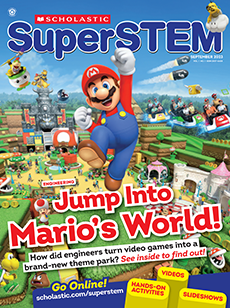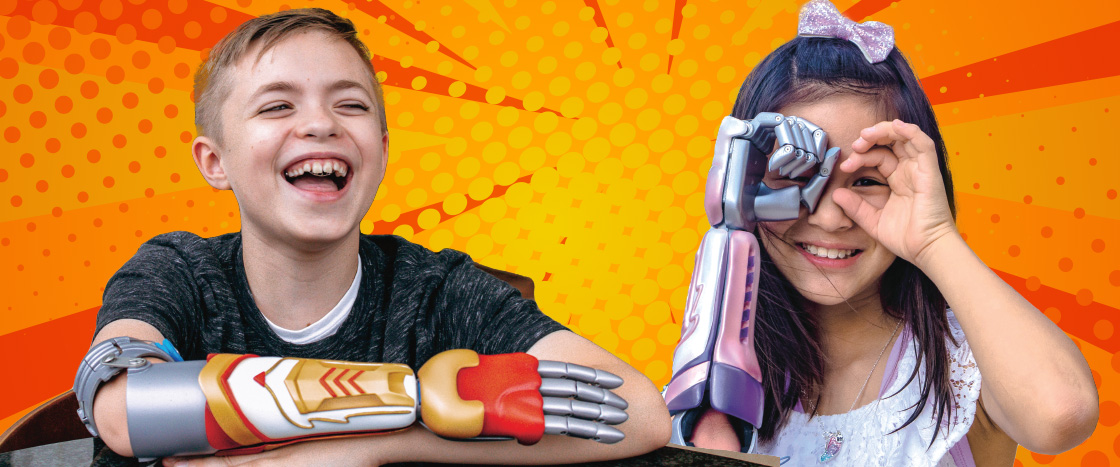Albert Manero designed this special limb for Zachary. Manero is an engineer who creates prosthetic (prahss-THEH-tik) arms for kids. Each year, about 1,500 babies in the U.S. are born missing part or all of one of their arms. Other kids can lose their limbs because of illness or injury.
Prosthetic arms can help these kids do everyday tasks, like tying their shoes or riding their bikes. But prosthetic arms for kids can be expensive. They can be heavy and bulky. And they don’t always work in ways kids need them to.
That’s why Manero founded Limbitless Solutions. The company creates prosthetic arms out of lightweight plastic using 3-D printers. These machines build up layers of material to make solid objects.
Unlike other prosthetic limbs, Limbitless’s plastic versions have magnetic attachments that kids can snap on for different tasks. They can swap out different colors or styles to match their mood!
The limbs are also bionic. That means they have electrical parts for moving fingers and grasping objects. Manero spoke with SuperSTEM about his work designing these life-changing limbs.

